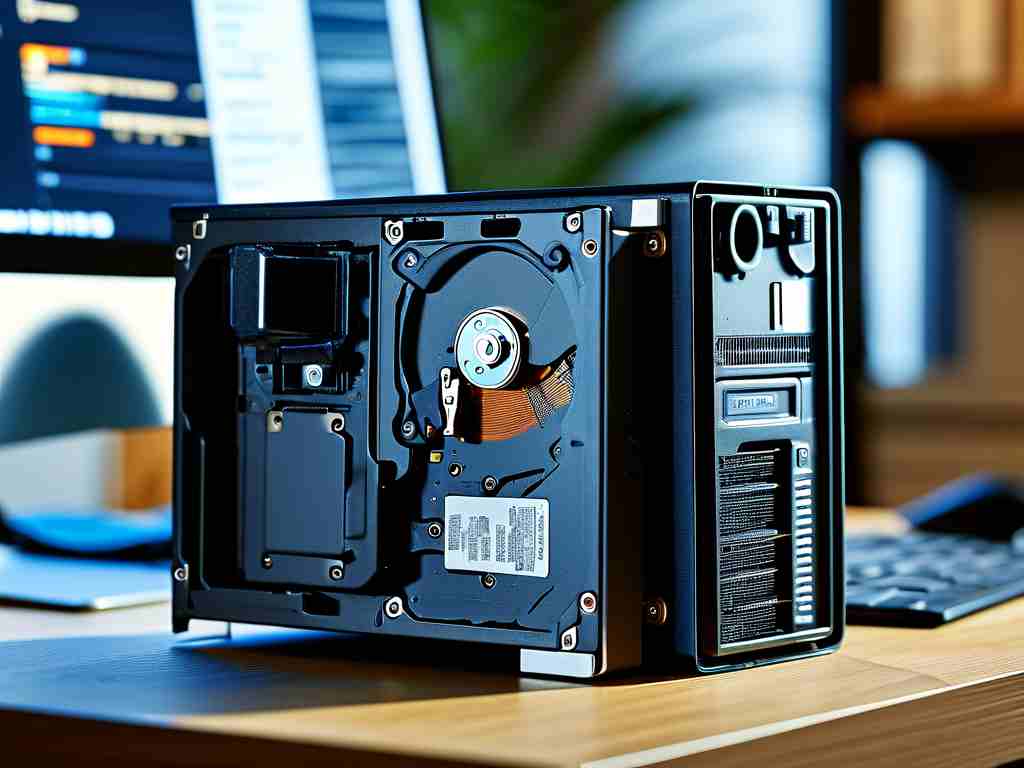When purchasing a USB flash drive, users often notice a discrepancy between the advertised storage capacity and the actual available space. This difference stems from how manufacturers calculate memory versus how computers interpret it. Understanding this requires exploring the technical foundations of digital storage, measurement standards, and file system overhead.

At its core, storage capacity calculation revolves around binary versus decimal numbering systems. Manufacturers use decimal (base-10) calculations, where 1 kilobyte (KB) equals 1,000 bytes, 1 megabyte (MB) equals 1,000,000 bytes, and 1 gigabyte (GB) equals 1,000,000,000 bytes. However, computers operate using binary (base-2), where 1 KB equals 1,024 bytes, 1 MB equals 1,048,576 bytes, and 1 GB equals 1,073,741,824 bytes. This fundamental mismatch creates the initial gap between labeled and usable space. For example, a 64GB flash drive advertised using decimal units contains 64,000,000,000 bytes. When converted to binary, this equals approximately 59.6GiB (gibibytes), which is the unit displayed by operating systems.
Another factor is pre-formatted file system allocation. All storage devices require a file system (e.g., FAT32, exFAT, NTFS) to organize data. This system reserves a portion of the drive for metadata such as partition tables, directory structures, and error correction codes. For smaller drives, this overhead might consume 2-5% of total capacity, while larger drives could lose up to 10% due to more complex indexing requirements.
Manufacturers also implement spare area allocation—a hidden reserve of memory blocks used to replace damaged sectors over time. This practice extends the drive’s lifespan but further reduces user-accessible space. While not disclosed in product specifications, this redundancy is critical for maintaining data integrity as the device ages.
Additionally, marketing strategies play a role. Companies often round numbers for simplicity, labeling a 59.6GiB drive as "64GB" because it aligns with familiar decimal increments. Regulatory guidelines permit this practice as long as fine print clarifies the discrepancy, though many users overlook these details.
To estimate real-world usable space, apply this formula:
Advertised Capacity (Decimal) × (1,000³ / 1,024³) ≈ Actual Binary Capacity For instance:
- 128GB (decimal) ≈ 119.2GiB (binary)
- 256GB (decimal) ≈ 238.4GiB (binary)
Advanced users can check raw capacity using disk utility tools. On Windows, the diskpart command lists exact byte counts, while macOS’s Disk Utility displays both decimal and binary values. These tools reveal the true size before formatting.
Environmental factors like operating system variations also affect displayed capacity. Some Linux distributions report precise binary units, while consumer-grade OS versions often simplify numbers, adding to user confusion.
When selecting a USB drive, consider these tips:
- Purchase a drive with 10-15% more capacity than your immediate needs to accommodate formatting losses.
- Opt for drives with modern file systems like exFAT for better space efficiency with large files.
- Verify capacity using system tools post-purchase to ensure no hardware defects.
In summary, USB flash drive capacity "shrinkage" results from measurement conventions, technical necessities, and marketing practices. By understanding these factors, users can make informed decisions and better manage their storage expectations.






